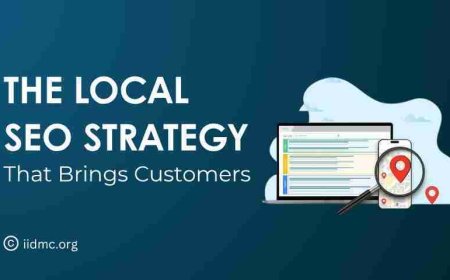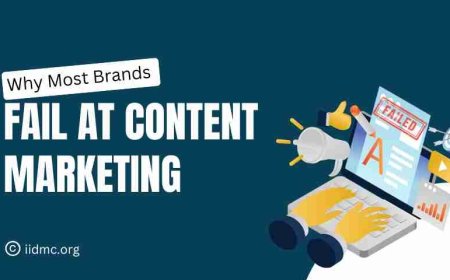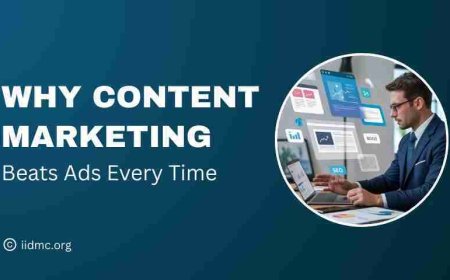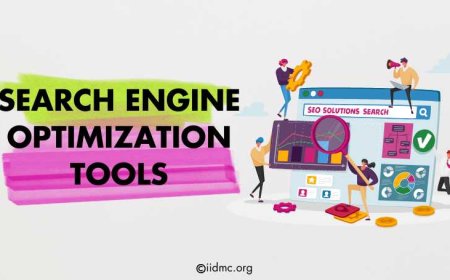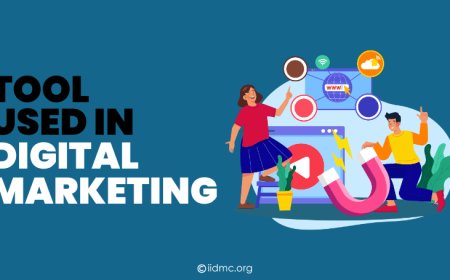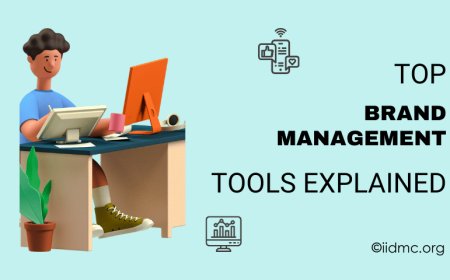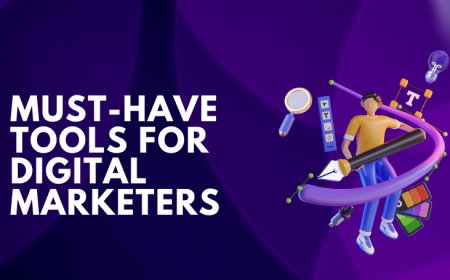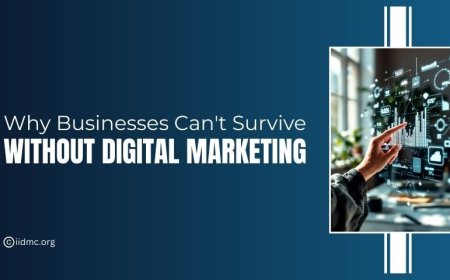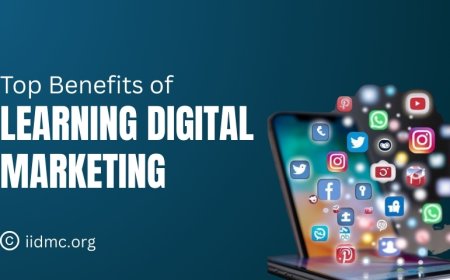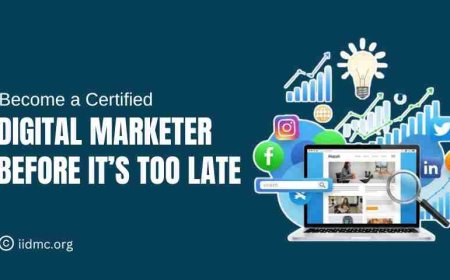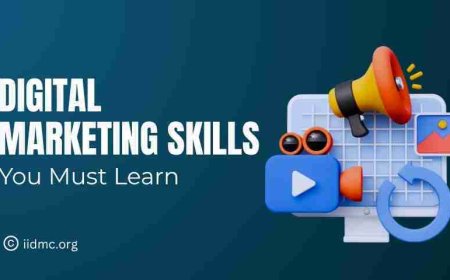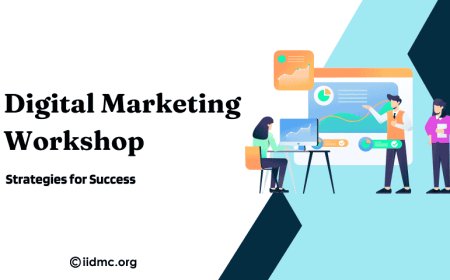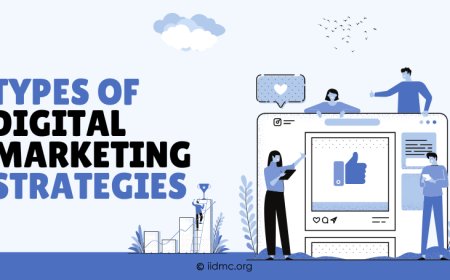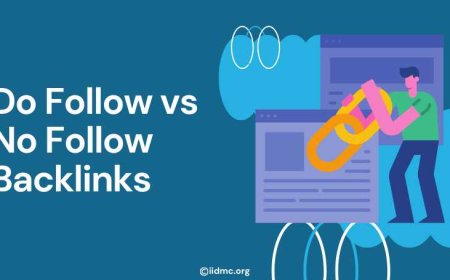How to Attract More Traffic with Search Engine Optimization
Learn how to boost your website traffic with effective SEO strategies. Improve rankings, drive organic traffic, and grow your online presence with SEO tips.

When it comes to driving more traffic to your website, Search Engine Optimization (SEO) is one of the most effective strategies you can use in Digital Marketing. Over the years, I have learned that optimizing the site for search engines like Google can significantly increase your visibility and attract more visitors. By making a few smart changes to the content and structure, you can rank higher in search results, making it easier for potential customers to find you. SEO is not just about keywords; it’s a combination of various factors like content quality, user experience, and site performance.
In my experience, Search Engine Optimization is a long-term game, but the results are well worth the effort. It’s not about tricking the system, but rather, understanding how search engines work and providing users with exactly what they’re looking for. Whether you’re a small business owner or a content creator, learning how to effectively use SEO can be the key to driving more organic traffic to your site, boosting your brand’s credibility, and ultimately growing your audience.
Understanding SEO Basics
Search Engine Optimization involves making certain changes to your website and content to make them more appealing to search engines and users. There are three main types of SEO:
-
On-Page SEO: This focuses on elements directly on your website like content, keywords, images, and internal links.
-
Off-Page SEO: This includes strategies outside of your website like building backlinks (getting other websites to link to yours) and social media presence.
-
Technical SEO: Ensures that your website is fast, mobile-friendly, and easy for search engines to crawl and index.
Search engines use algorithms to rank websites based on relevance, trust, and authority. Your goal is to match these factors with SEO best practices so that your website gets ranked higher when people search for relevant terms.
Conducting Effective Keyword Research
Keyword research is about finding the words and phrases that people type into search engines when looking for products, services, or information related to your business.
Why is keyword research important? Without understanding what people are searching for, you can’t optimize your content effectively.
Here’s how to do it:
-
Use keyword tools like Google Keyword Planner, SEMrush, or Ahrefs. These tools show you search volumes, competition levels, and variations of keywords.
-
Types of Keywords:
-
Short-tail keywords: These are general search terms like "SEO tools" or "digital marketing." They’re highly competitive but can bring in a lot of traffic.
-
Long-tail keywords: These are more specific phrases like “best SEO tools for beginners” or “how to do SEO for a small business.” They’re less competitive and often lead to higher conversions.
-
Competitor analysis: Look at what keywords your competitors are ranking for and try to target similar or better keywords.
On-Page SEO Strategies to Boost Traffic
On-page SEO involves optimizing everything on your website to make it more appealing to search engines. Here are key strategies:
-
Title Tags and Meta Descriptions: Your title tag is the clickable headline in search results. Make it concise, include keywords, and encourage users to click. Meta descriptions provide a summary of the page; include key terms and keep it under 160 characters.
-
Headers (H1, H2, H3): Use header tags to break your content into sections. The main title should be in an H1 tag, and subheadings should be in H2 or H3 tags. This makes your content more readable for both users and search engines.
-
Internal Linking: Link to other pages on your website to improve navigation and help search engines understand your site structure.
-
Image Optimization: Compress images to make your pages load faster. Also, use descriptive file names and alt text, which helps search engines understand the content of your images.
-
Mobile Optimization: With mobile search on the rise, ensure your website is responsive, meaning it adjusts well to different screen sizes.
-
URL Structure: Keep URLs short, simple, and include relevant keywords. For example, www.example.com/seo-tips is better than www.example.com/p=1234.
Off-Page SEO: Building Authority and Trust
Off-page SEO is about increasing your website’s reputation and authority through external factors.
-
Backlinks: When another website links to your content, it acts as a vote of confidence, telling search engines your site is trustworthy. Focus on getting backlinks from high-quality, relevant websites.
-
Guest Blogging: Writing blog posts for other websites in your niche can help build backlinks and drive traffic to your site.
-
Social Media: While social media doesn’t directly impact rankings, having a strong social presence can drive traffic to your website and encourage sharing of your content, which can lead to more backlinks.
-
Local SEO: If you have a local business, optimize for local search results. Claim your Google My Business profile, gather reviews, and ensure your business information is consistent across the web.
Technical SEO for Faster and More Efficient Sites
Technical SEO ensures that search engines can crawl and index your website effectively. Here’s how to make sure your site is optimized technically:
-
Page Speed: Slow websites can frustrate visitors and harm your rankings. Use tools like Google PageSpeed Insights to analyze and improve site speed.
-
Mobile-Friendliness: Ensure your website is mobile-optimized since more people use smartphones to browse. Google uses mobile-first indexing, meaning it looks at the mobile version of your website first.
-
Sitemap: An XML sitemap is like a roadmap for search engines. It helps them understand the structure of your site and which pages to crawl.
-
Robots.txt: This file tells search engines which parts of your site to crawl and which to ignore. It’s important to avoid blocking search engines from important pages.
-
Fixing Broken Links: Broken links can harm user experience and your rankings. Regularly check your site for 404 errors and fix them.
Content Marketing and SEO
Content marketing plays an important role in Search Engine Optimization. Quality content attracts visitors and helps improve your rankings.
-
Create Evergreen Content: Evergreen content is content that remains relevant over time. Examples include how-to guides, tutorials, and frequently asked questions. Such content continues to attract traffic long after it’s published.
-
Content Clusters and Pillar Pages: Organize content into clusters. For example, if your pillar page is about “SEO,” create cluster pages on related topics like “on-page SEO,” “backlinking,” and “technical SEO.” Link these pages together to boost authority and improve navigation.
-
Featured Snippets: Featured snippets are the boxed information that appears at the top of some search results. Structure your content to answer specific questions clearly, and use bullet points or numbered lists to increase the chances of getting featured.
-
User Engagement: Content that keeps users engaged (longer time on site, low bounce rate) signals to Google that your content is valuable, which can improve rankings.
Leveraging Analytics to Track SEO Success
To know if your SEO efforts are paying off, you need to measure them. Here’s how to track your SEO performance:
-
Google Analytics: Track key metrics like traffic, bounce rates, and average session duration. This helps you understand how visitors interact with your site.
-
Google Search Console: Monitor how your website appears in search results, track keyword rankings, and fix any crawl errors.
-
KPIs (Key Performance Indicators): Set Search Engine Optimization KPIs such as organic traffic growth, improved rankings for targeted keywords, and increased conversions (sales, sign-ups, etc.).
Staying Updated with SEO Trends
Search Engine Optimization is an ever-evolving field, and staying updated with the latest trends is crucial:
-
Algorithm Updates: Google frequently updates its algorithms. Stay informed to adjust your strategies accordingly.
-
Voice Search: As voice search grows, optimize for conversational queries and long-tail keywords. Focus on natural language and question-based phrases like “What is Search Engine Optimization?”
-
AI & Machine Learning: Technologies like RankBrain and BERT are changing how Google understands search intent. Stay updated on these to improve your Search Engine Optimization strategies.
-
Video SEO: Videos are becoming more prominent in search results. Optimize your video content for SEO by including keywords in titles, descriptions, and tags.
Common SEO Mistakes to Avoid
Avoiding common Search Engine Optimization mistakes can save you a lot of time and effort. Here are some mistakes to clear up:
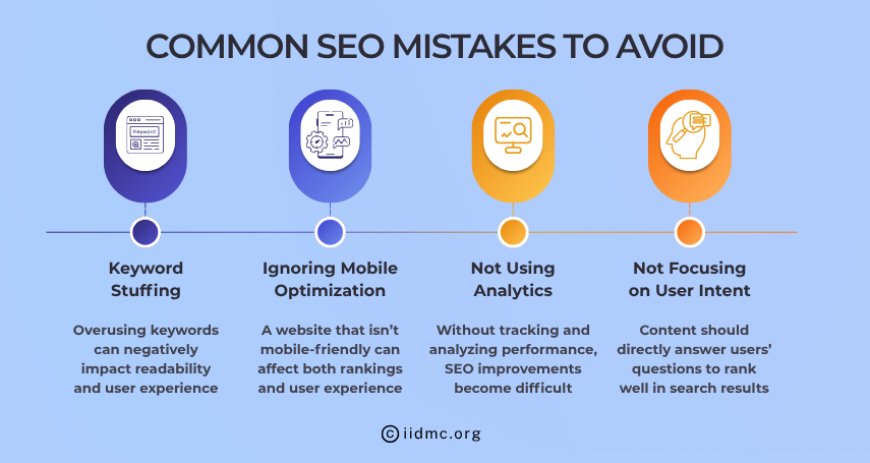
-
Keyword Stuffing: Don’t overuse keywords in your content. Focus on readability and user experience.
-
Ignoring Mobile Optimization: A website that’s not mobile-friendly can hurt your rankings and user experience.
-
Not Using Analytics: Without tracking and analyzing your performance, you can’t improve your SEO.
-
Not Focusing on User Intent: Ensure your content answers the questions people are asking. Understanding user intent is key to ranking well.
How to Learn Search Engine Optimization (SEO)
If you’re looking to learn Search Engine Optimization (SEO), one of the best ways to get started is through structured learning, and the International Institute for Digital Marketing Certifications (IIDMC) offers a comprehensive program that can help you become an SEO expert.
Certified SEO Expert Program by IIDMC
The Certified SEO Expert program offered by IIDMC is designed to equip you with the practical skills needed to excel in the world of SEO. This program focuses on all the important aspects of SEO, including:
-
On-Page SEO: How to optimize your website content, meta tags, images, and internal linking structure.
-
Off-Page SEO: Building high-quality backlinks and improving your site’s authority.
-
Technical SEO: Understanding site performance, mobile optimization, and how search engines crawl and index your website.
-
Keyword Research and Analysis: How to find the right keywords for your business and optimize your content to target the right audience.
-
SEO Tools and Analytics: Learning how to use tools like Google Analytics and Search Console to track your SEO efforts and adjust strategies.
By the end of this program, you will be fully equipped to create effective SEO strategies that can improve a website’s search engine rankings and drive more traffic.
Why Choose IIDMC certification?
There are many reasons why choosing IIDMC
-
Globally Recognized Certification: IIDMC provides an internationally recognized certification, helping you stand out in the job market and gain trust from potential clients or employers.
-
Practical Learning: The program is designed with hands-on practice, allowing you to apply the concepts in real-world scenarios. You’ll get to work on live projects, which makes learning more effective.
-
Comprehensive Curriculum: The program covers everything from basic SEO principles to advanced techniques, ensuring you gain both foundational knowledge and specialized skills.
-
Flexible Learning Options: IIDMC provides online programs, so you can learn at your own pace, anytime and anywhere, without disrupting your daily schedule.
-
Lifetime Access to Materials: Once you enroll in the program, you’ll have lifetime access to learning materials and resources, so you can revisit the content whenever you need a refresher.
To attract more traffic through Search Engine Optimization, focus on creating high-quality, engaging content that answers the questions users are searching for. Ensure your website is mobile-friendly and loads quickly, as these factors contribute to better rankings and improved user experience. Use relevant keywords naturally throughout your content, but avoid keyword stuffing, as search engines prioritize readability. Regularly monitor your site's performance using analytics to understand what’s working and where improvements are needed. Build a strong backlink profile from reputable sites to enhance your website’s authority. Always focus on user intent, ensuring your content is aligned with what users are truly looking for. By implementing these strategies, you can improve your rankings, drive organic traffic, and build a more successful online presence.
